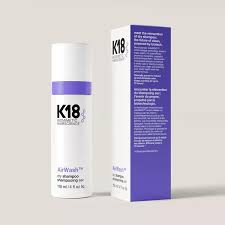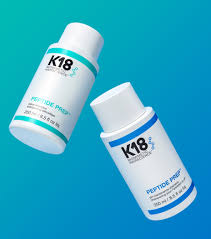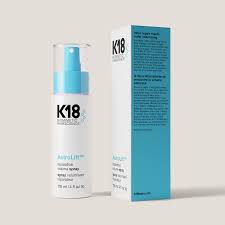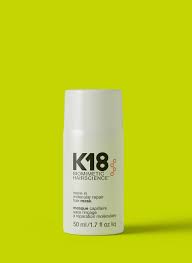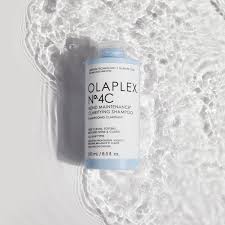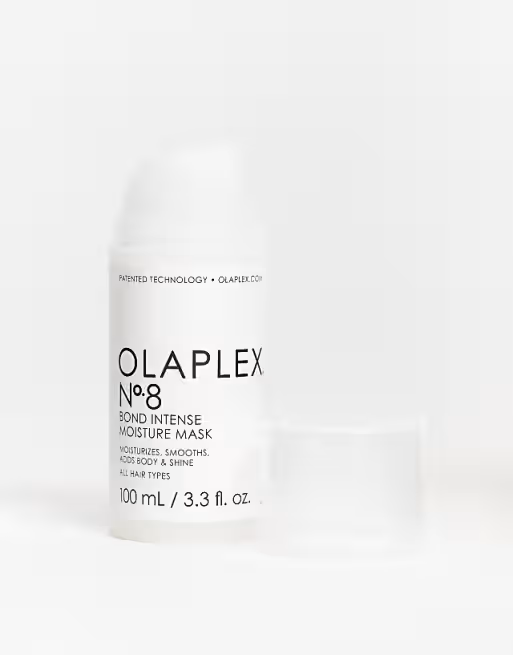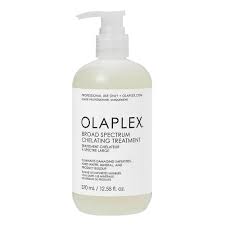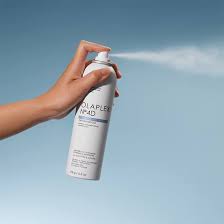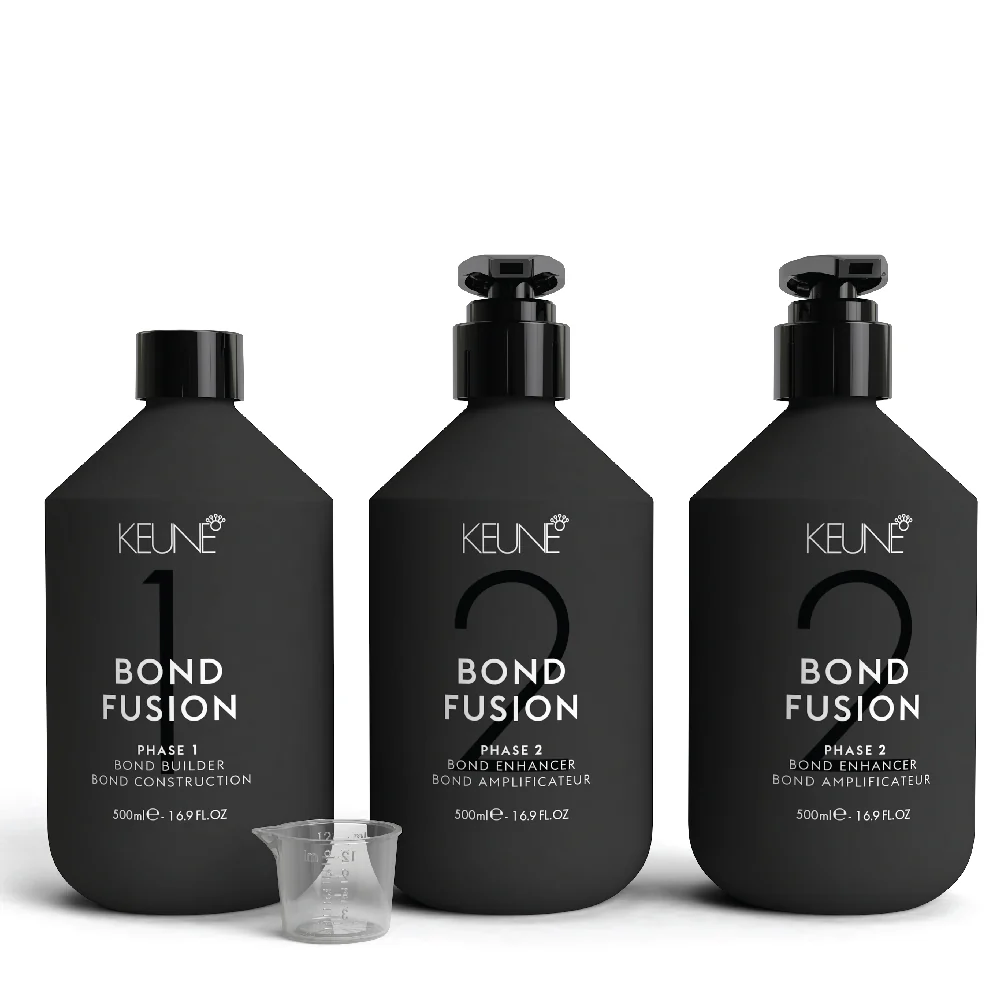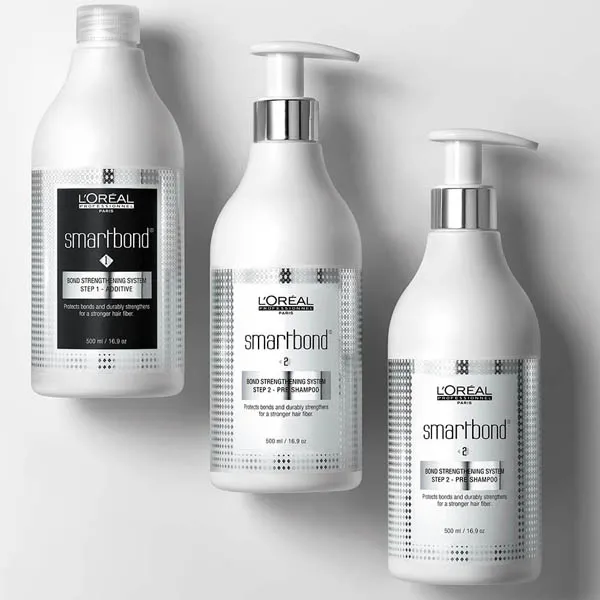“K18 vs Olaplex: Silicones, Side Effects, and the Science Behind Repair”
- DC Han
- Apr 22
- 6 min read
1. Ingredient Comparison: K18 vs. Olaplex
K18 Ingredients:
The key ingredient in K18 is K18 Peptide (INCI name: sh-Oligopeptide-78). This is a decapeptide (a chain of 10–15 amino acids) biomimetic peptide, engineered to mimic the amino acid sequence of human hair keratin type II. Essentially, it acts like a fragment of the hair's native keratin structure, penetrating deep into damaged strands and repairing from the inside. The full ingredient list of the K18 mask includes water, denatured alcohol, propylene glycol, cetearyl alcohol (humectants and emulsifiers), and the peptide, along with hydrolyzed wheat protein and wheat starch. K18 products are free from silicones and chelating agents such as EDTA.
Olaplex Ingredients:
All Olaplex products contain the patented Bis-Aminopropyl Diglycol Dimaleate, a small organic molecule that works to rebuild broken disulfide bonds within the hair. Found in Olaplex No.1, No.2, and No.3, this molecule combines dimaleate from maleic acid with diglycol diamine. For example, Olaplex No.3 includes water, Bis-Aminopropyl Diglycol Dimaleate, propylene glycol, cetearyl alcohol, behentrimonium methosulfate, tetrasodium EDTA, and etidronic acid among others. EDTA compounds help remove metal ions from hair or water, preventing color shifts or degradation and boosting product stability.In summary, K18 is a keratin peptide-based treatment focusing on structural rebuilding, whereas Olaplex relies on a patented small molecule to repair chemical bonds and includes chelating agents for environmental damage control.
2. Mechanism of Action: Keratin Chain Repair vs Disulfide Bond Repair
K18 Mechanism:
The K18 peptide penetrates deep into the cortex of damaged hair to reconnect broken keratin chains. As hair damage severs the long keratin polypeptide chains, K18 acts like a biological bridge, embedding itself into the broken segments and becoming part of the structure. The hair "recognizes" this peptide as its own, allowing it to bond effectively within the hair cortex, enhancing strength and elasticity from the inside out. In short, K18 rebuilds the protein skeleton of the hair.
Olaplex Mechanism:
Olaplex’s Bis-Aminopropyl Diglycol Dimaleate targets broken disulfide (–S–S–) bonds. The molecule forms new chemical bridges between the sulfur atoms of cysteine residues in hair. This process is a Michael addition, where maleate groups bond with hair’s thiol (-SH) groups, forming longer, synthetic disulfide bridges. The process is quick and can occur during chemical treatments, making it ideal for real-time bond restoration. Simply put, Olaplex chemically rebuilds broken disulfide bonds with a stable surrogate bond.
3. Silicone Content and Its Impact
K18 and Silicones:
K18 products are silicone-free. You won’t find dimethicone or similar silicones in the formulas. This aligns with the brand's philosophy to focus on internal hair repair, avoiding surface-coating ingredients that can block peptide penetration and cause buildup. As a result, hair stays lighter and free from greasy residue or dry brittleness from overcoating.
Olaplex and Silicones:
While Olaplex’s core bond-repair products (No.0, No.3) are silicone-free, its styling products (No.6, No.7) include silicones like dimethicone and phenyl trimethicone. These are used to add shine, smoothness, and frizz control, as well as offer heat protection. Although some silicones can cause buildup, Olaplex uses more water-soluble silicones to reduce this risk. Still, regular clarifying shampoos are recommended to remove excess buildup and restore hair’s ability to absorb nutrients.
4. Side Effects and Considerations for Long-Term Use
K18 Long-Term Use:
Due to its high protein content, overusing K18 can potentially cause protein overload, leading to stiff, dry, brittle hair. Some users report coarse texture after frequent use. While K18 claims its peptides don’t accumulate like traditional proteins, adjusting usage frequency based on hair condition is key. It’s advised to allow rest periods between treatments once damage has been addressed. Avoid combining K18 with heavy silicone-based products to ensure proper peptide penetration.
Olaplex Long-Term Use:
Olaplex claims it’s safe for regular use without buildup, as its active ingredient is water-rinsable and doesn’t linger in the hair. However, its acidic pH may cause cuticle tightening and dryness over time if not paired with moisturizing treatments. Cases of breakage or hair fall have been reported, but experts attribute these to already compromised hair, not the product itself. It’s important to follow usage instructions, avoid overnight applications, and combine with moisture treatments for optimal balance.
5. Aftercare Application Guidelines
Application Timing:
Olaplex No.3 is a pre-shampoo rinse-out treatment, applied to damp hair for at least 10 minutes, then rinsed and followed by shampoo and conditioner.
K18 Mask is a leave-in treatment used after shampooing, without conditioner. Apply to towel-dried hair, wait 4 minutes, and do not rinse before styling.
Tips:
For K18, do not apply conditioner beforehand; it can block peptide penetration. After 4 minutes, you may use oils or leave-ins if needed.
For Olaplex, extended application times (over 45–60 minutes) don’t increase benefits. It must be shampooed out and followed with hydration-focused products.
Heat Use:
Neither requires heat, but gentle warmth may aid absorption. K18 can be styled immediately after use; Olaplex users should avoid excessive heat styling and ensure heat protection is used.
Cleansing & Frequency:
K18: Use for the first 4–6 washes, then every 3–4 washes.
Olaplex: Use 1–2 times per week, depending on damage.Both require clarifying shampoos (like Olaplex No.4C or K18 Detox) every few weeks to remove buildup and improve ingredient penetration.
Moisture Balance:
Because neither product adds much moisture, hydrating masks (like Olaplex No.8) or light oils are essential to maintain softness and shine.
6. New Product Launches and Bonding Competitor Overview
K18 Expansions:
Beyond the Molecular Repair Mask, K18 now offers a Peptide Prep Detox Shampoo, daily Damage Shield shampoo/conditioner, and a Molecular Repair Hair Oil—a silicone-free oil that offers shine and repair. K18 also launched styling aids like AirWash dry shampoo and AstroLift volume spray, positioning itself as both a repair and styling brand. K18 has gone viral on TikTok, with over 20 billion views, widely endorsed by stylists for its simplicity and effectiveness.
Olaplex Expansions:
From No.1–No.3 repair products, Olaplex expanded into daily shampoo/conditioner (No.4 & No.5), styling (No.6, No.7), and hydration (No.8). No.9 adds antioxidant protection, while No.4D dry shampoo and broad-spectrum chelating treatments remove heavy metals/minerals before treatments. The scalp-focused 0.5 range is in development. Despite some 2023 controversy over alleged hair issues, Olaplex remains a category leader with a science-backed reputation.
Bonding Competitors:
KEUNE Bond Fusion:
3-phase system (Phase 1 during chemical service, Phase 2 post-treatment, Phase 3 at home)
Reinforces disulfide bonds and restores the lipid barrier
Offers both strengthening and moisture retention
WellaPlex: pH-optimized bond protection. Less cortex penetration than Olaplex.
Smartbond (L’Oréal): Malic acid base buffers pH and smooths hair; protection more than reconstruction.
7. Practical Case Applications
At-home Colouring:
Prep hair with Olaplex No.3 or KEUNE Phase 1, especially for lightening.
Post-colour, towel dry, skip conditioner, and use K18. Leave in for 4 minutes before styling.
For bleached hair: Olaplex No.0 + No.3 pre-colour, K18 post-colour.
Severe Damage:
Start with K18 every 4–6 shampoos.
Rotate with Olaplex No.3 or KEUNE Phase 2.
Add deep hydration masks in between to prevent brittleness.
Clarify weekly (Olaplex No.4C or K18 Detox).
Professional Services (e.g., Japanese Straightening, Perms):
Add KEUNE Phase 1 or Olaplex No.1 to chemical formulas.
Use KEUNE Phase 2 or Olaplex No.2 after neutralising.
Wait 1–2 days before applying K18 to clean hair as a leave-in.
Avoid overlapping with silicone-heavy products post-treatment.
8. Product Links – Official Sources
Olaplex: https://www.olaplex.com
KEUNE Bond Fusion: https://www.keune.com
WellaPlex: https://www.wella.com/professional
Smartbond (L’Oréal): https://www.lorealprofessionnel.com
9. Final Thought
K18 vs Olaplex didn’t rise to the top of the bond-repair game by accident — they earned it through distinct technologies and, in K18’s case, a radical break from traditional coating-based care.
K18’s strength lies in its biomimetic peptide, designed to rebuild the internal keratin chains — a mechanism unmatched by any surface-level treatment. It’s also silicone-free by design, allowing full absorption into the cortex without artificial barriers. This gives it a clear edge for those seeking real structural repair, not just temporary softness.
Olaplex, on the other hand, revolutionised bond care by targeting disulphide bonds with patented chemistry. Its core repair steps (No.0–No.3) are silicone-free too, focusing purely on restoring crosslink integrity deep within the hair.
But here’s the part most people skip: aftercare is just as critical as the treatment itself.
If you’re using K18, avoid applying conditioners or oils before the 4-minute absorption window — they can block the peptide from reaching the inner layers. If you're using Olaplex, follow with a proper conditioner or moisture mask — without it, hair can feel dry or brittle over time.
What to be cautious about?
Heavy silicone-based serums or leave-ins immediately after K18.
Protein treatments layered on top of bond-builders, risking overload.
Skipping clarifying washes if you use styling products with buildup potential.
Real repair doesn’t come from stacking every “miracle” formula — it comes from using the right ones, at the right time, with space for them to work.
So when brands say “bond builder,” don’t just trust the label — trust what’s inside, and how you build your care around it.
That’s what creates results you can actually feel — and sustain.






